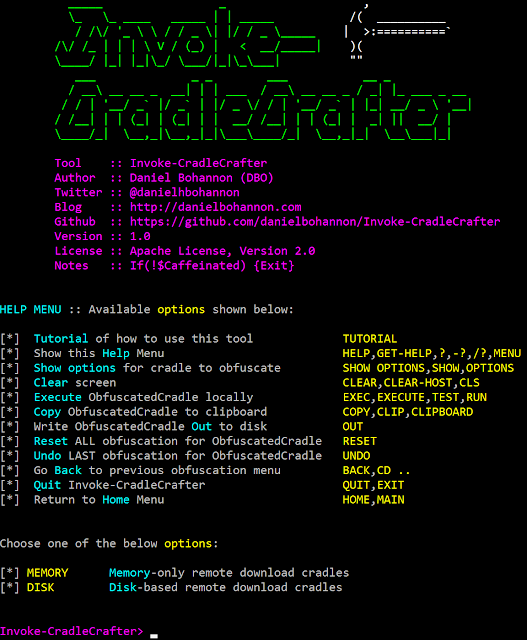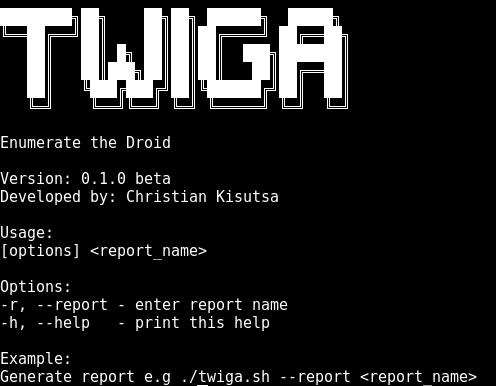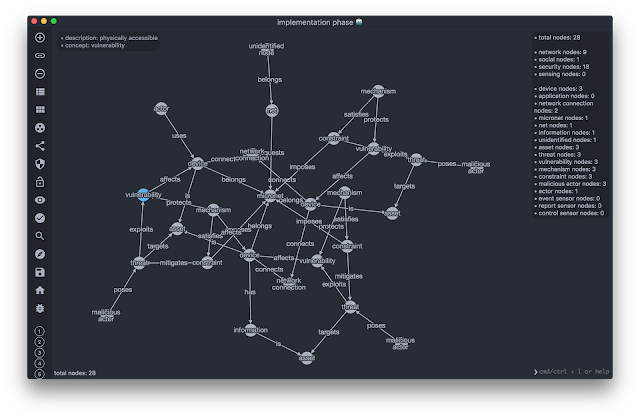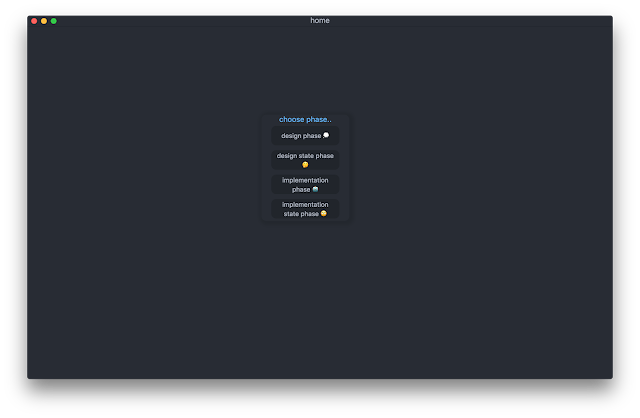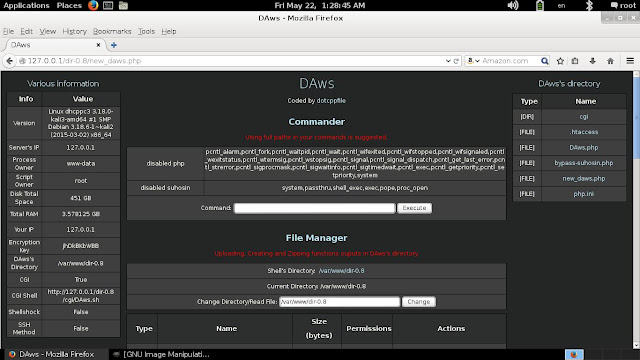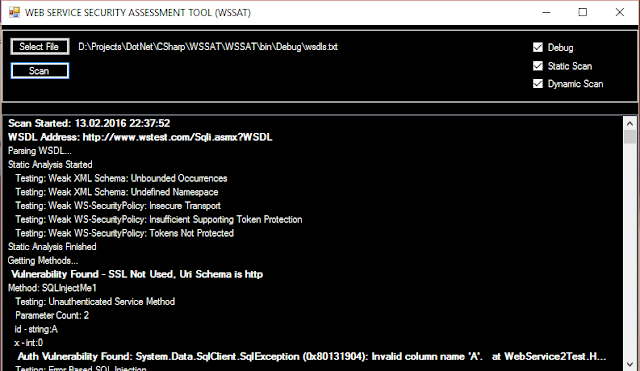Vulscan is a module which enhances nmap to a vulnerability scanner. The nmap option -sV enables version detection per service which is used to determine potential flaws according to the identified product. The data is looked up in an offline version of VulDB.
Installation
Please install the files into the following folder of your Nmap installation:
Nmap\scripts\vulscan\*Usage
You have to run the following minimal command to initiate a simple vulnerability scan:
nmap -sV --script=vulscan/vulscan.nse www.example.comVulnerability Database
There are the following pre-installed databases available at the moment:
- scipvuldb.csv - https://vuldb.com
- cve.csv - http://cve.mitre.org
- osvdb.csv - http://www.osvdb.org
- securityfocus.csv - http://www.securityfocus.com/bid/
- securitytracker.csv - http://www.securitytracker.com
- xforce.csv - http://xforce.iss.net
- expliotdb.csv - http://www.exploit-db.com
- openvas.csv - http://www.openvas.org
Single Database Mode
You may execute vulscan with the following argument to use a single database:
--script-args vulscandb=your_own_database<id>;<title>Update Database
The vulnerability databases are updated and assembled on a regularly basis. To support the latest disclosed vulnerabilities, keep your local vulnerability databases up-to-date.
If you want to update your databases, go to the following web site and download these files:
- http://www.computec.ch/projekte/vulscan/download/cve.csv
- http://www.computec.ch/projekte/vulscan/download/exploitdb.csv
- http://www.computec.ch/projekte/vulscan/download/openvas.csv
- http://www.computec.ch/projekte/vulscan/download/osvdb.csv
- http://www.computec.ch/projekte/vulscan/download/scipvuldb.csv
- http://www.computec.ch/projekte/vulscan/download/securityfocus.csv
- http://www.computec.ch/projekte/vulscan/download/securitytracker.csv
- http://www.computec.ch/projekte/vulscan/download/xforce.csv
/vulscan/Version Detection
If the version detection was able to identify the software version and the vulnerability database is providing such details, also this data is matched.
Disabling this feature might introduce false-positive but might also eliminate false-negatives and increase performance slighty. If you want to disable additional version matching, use the following argument:
--script-args vulscanversiondetection=0Match Priority
The script is trying to identify the best matches only. If no positive match could been found, the best possible match (with might be a false-positive) is put on display.
If you want to show all matches, which might introduce a lot of false-positives but might be useful for further investigation, use the following argument:
--script-args vulscanshowall=1Interactive Mode
The interactive mode helps you to override version detection results for every port. Use the following argument to enable the interactive mode:
--script-args vulscaninteractive=1Reporting
All matching results are printed one by line. The default layout for this is:
[{id}] {title}\n--script-args vulscanoutput=details
--script-args vulscanoutput=listid
--script-args vulscanoutput=listlink
--script-args vulscanoutput=listtitle--script-args vulscanoutput='{link}\n{title}\n\n'
--script-args vulscanoutput='ID: {id} - Title: {title} ({matches})\n'
--script-args vulscanoutput='{id} | {product} | {version}\n'- {id} - ID of the vulnerability
- {title} - Title of the vulnerability
- {matches} - Count of matches
- {product} - Matched product string(s)
- {version} - Matched version string(s)
- {link} - Link to the vulnerability database entry
- \n - Newline
- \t - Tab
--script-args "vulscandblink=http://example.org/{id}"Disclaimer
Keep in mind that this kind of derivative vulnerability scanning heavily relies on the confidence of the version detection of nmap, the amount of documented vulnerebilities and the accuracy of pattern matching. The existence of potential flaws is not verified with additional scanning nor exploiting techniques.
 0Day to Buy
0Day to Buy






